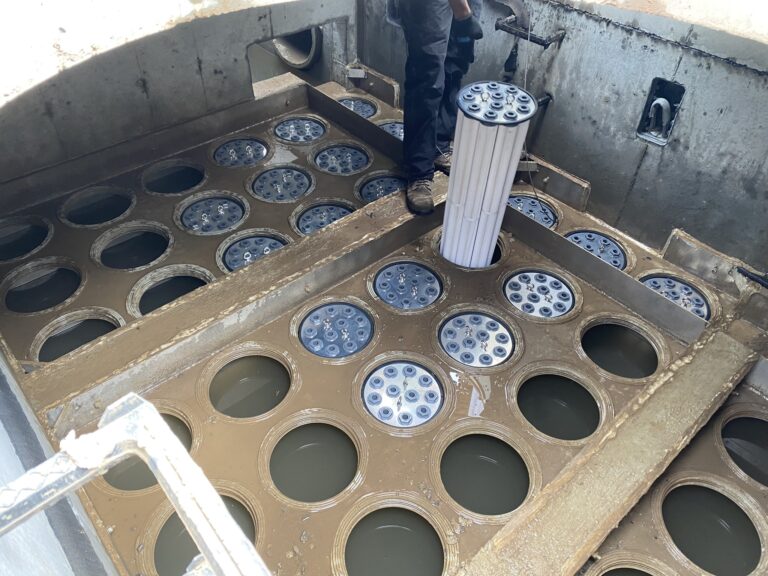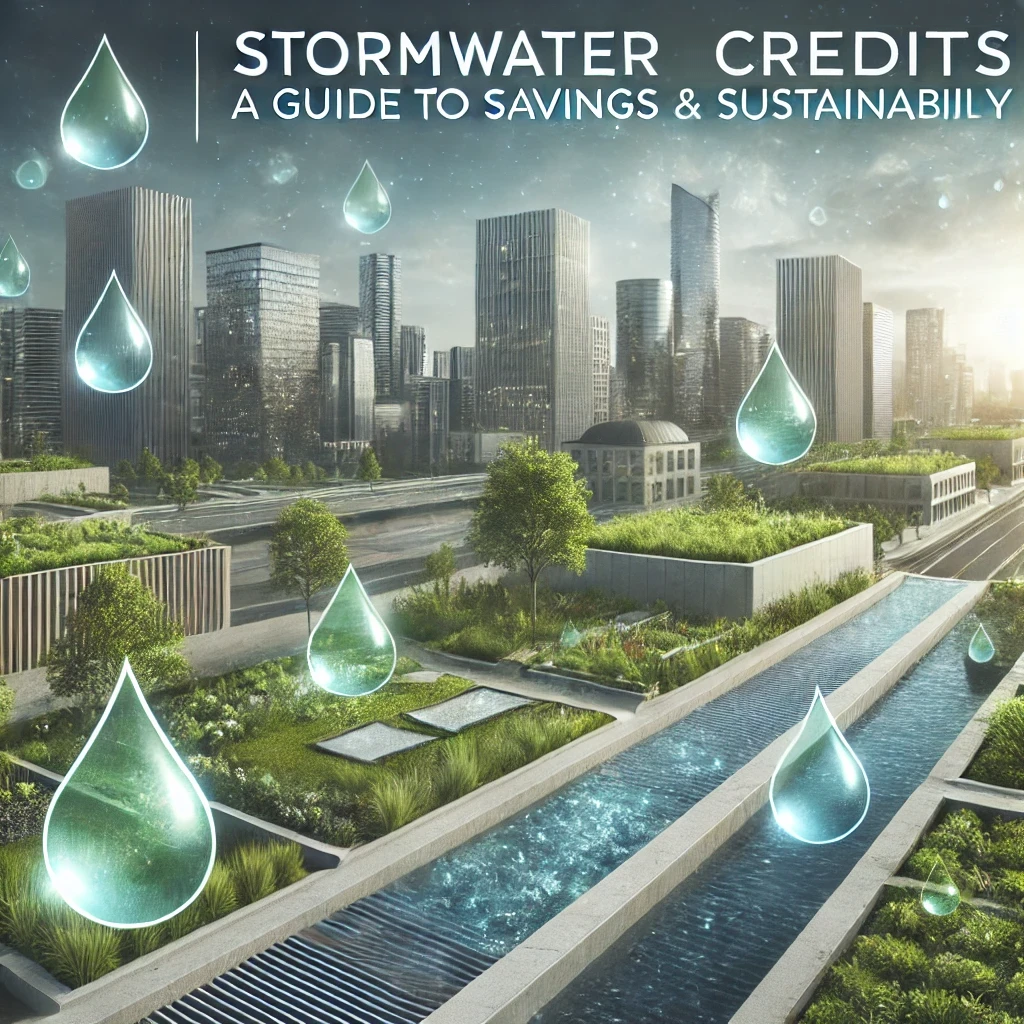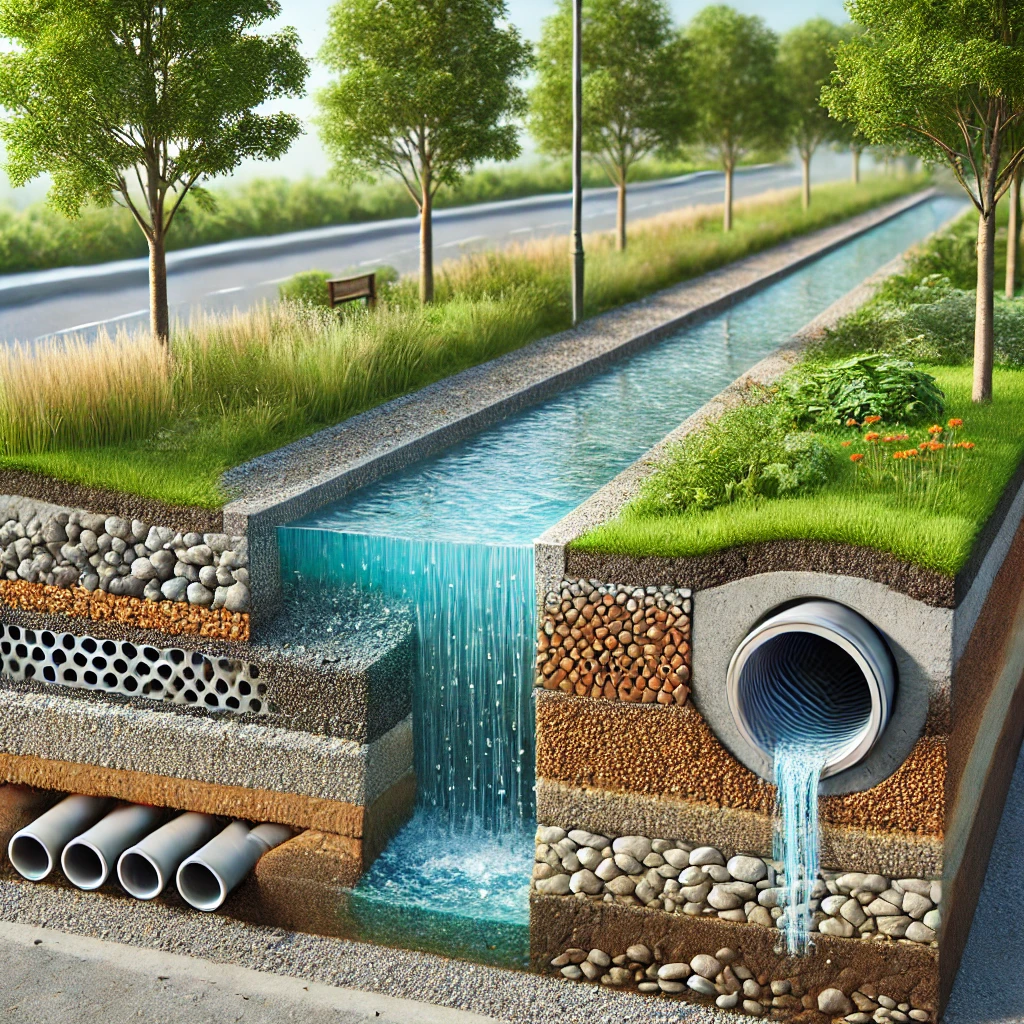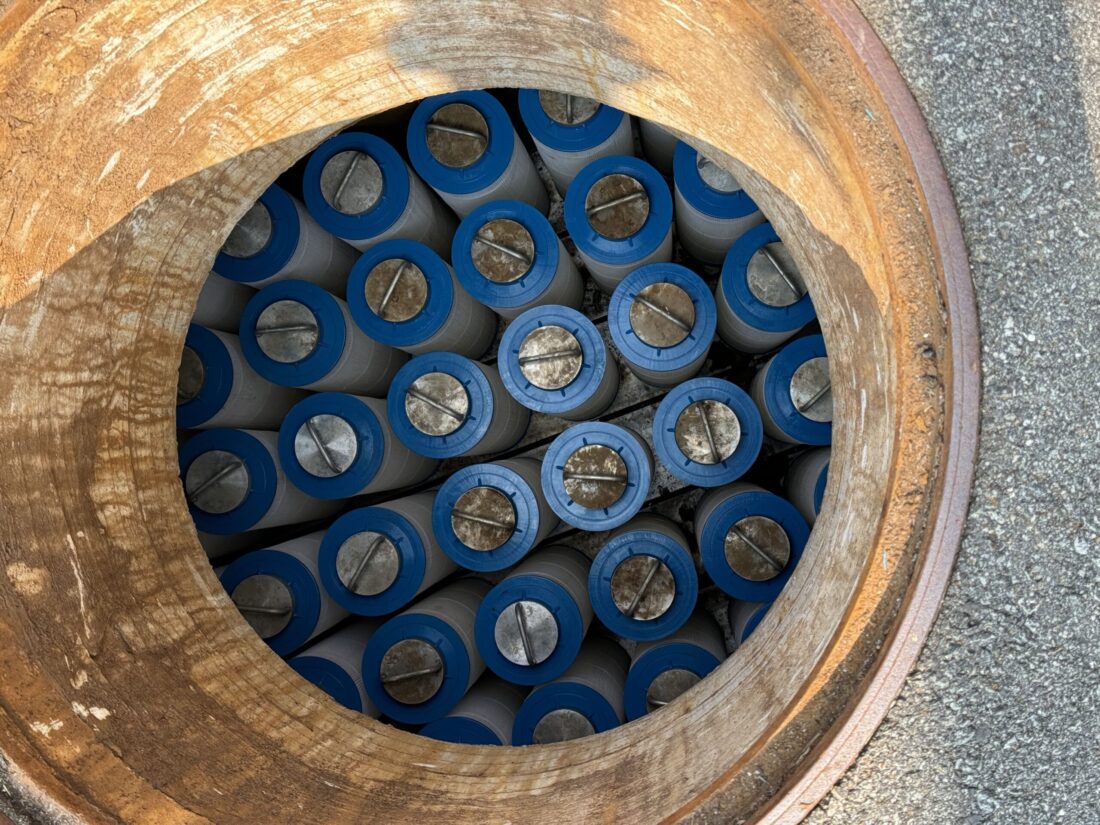
Facts About Jellyfish Filter & System Maintenance
A relatively new standard in stormwater treatment systems is the Jellyfish filter. New Jersey’s stormwater rules changed in 2021 to favor green infrastructure, but what about the tens of thousands of stormwater treatment devices in existence in the Garden State?. These devices work on the up flow filter concept, meaning that head pressure builds upstream of the system, forcing water up, through, and out of the filters. The water is then cleaned to an 80 percent TSS removal rate and discharged to the environment, leaving debris, TSS, and oils behind in the filter system.
The Jellyfish filter has been field- and lab-tested and also has been approved by the New Jersey Department of Environmental Protection and other stormwater regulatory agencies. Read on to learn about the filter itself, Jellyfish filter cleaning and maintenance, and how a Jellyfish filter works.
A Brief History of the Jellyfish Filter
When New Jersey changed its BMP manual to promote green infrastructure in 2021, it had the highest number of Jellyfish filters in the Eastern United States, and New Jersey’s approval process (NJCAT) of stormwater manufactured treatment devices (MTDs) is the gold standard in the industry. Current growing markets for the Jellyfish filter are found in Virginia, Pennsylvania, Maryland, and New York.
The original manufacturer of the Jellyfish system was Imbrium Systems, and it was first marketed in New Jersey in 2011. Contech Engineered Solutions bought the company in 2014 and now offers the Contech Jellyfish filter to complement its current engineered treatment devices offered.
SCS was the original contractor hired in New Jersey by Imbrium to assist with installation, testing, and field evaluations. In 2014, SCS became a contractor and assistant to Contech ES after they purchased the Jellyfish brand and rights.SCS has provided valuable field data and test results for Contech based on in-field testing scenarios. They also install the systems in New Jersey, Pennsylvania, and New York.
Are there any case studies or examples of locations that have implemented successful Jellyfish filtration solutions in their stormwater management systems? Absolutely. New Jersey is an excellent example, as it’s been a highly efficient and successful stormwater management system for years.
How Does a Jellyfish Filter Work?
In general, Jellyfish technology involves high-flow rate membrane filtration and high surface area at low driving head. The up flow design and high surface area membrane cartridges provide a sturdy, durable construction that’s built to last. So, what is a Jellyfish system, and how does it work?
How does the filter treat stormwater? Several things happen during the process:
- Stormwater enters the filter via the inlet grate or pipe, builds the driving head, and traps floating pollutants below the cartridge deck and behind the maintenance access wall.
- Water is conveyed below the cartridge deck. Then, a separation skirt around the cartridges isolates debris, oil, and trash outside the filtration zone, which allows sand-sized particles to settle in the sump.
- Next, the water is directed to the filtration zone, up through the top of the cartridge, and into the backwash pool. Clean water overflows the weir where it exits via the outlet pipe once it fills the backwash pool.
- Membrane filters offer an expansive surface area that effectively removes fine sand, silt-sized particles, and a high percentage of particulate-bound pollutants like phosphorous, metals, hydrocarbons, and nitrogen.
- The filtered water in the backwash pool flows back through the hi-flow membrane cartridges into the lower chamber as the influent flow subsides. This passive backwash extends cartridge life and keeps the membrane clean.
- The draindown cartridge(s) located outside the backwash pool enable the balancing of water levels.
The Jellyfish has a high percentage of removal when it comes to trash, metals, and debris. For example, it removes 99 percent of trash, 89 percent of TSS, 59 percent of total phosphorous, and 51 percent of total nitrogen.
What Are Some of the Features and Benefits of the Jellyfish Filter?
The Jellyfish offered by Contech stormwater solutions has many advantages because of its design. For example, the high surface area membrane filtration means a low flux rate boosts cake filtration and slows membrane occlusion. In addition, the high design treatment flow rate per cartridge, up to 80 GPM (5 L/s), offers a small carbon footprint and has a lower cost, which is important to those who wonder what the costs are associated with installing and maintaining Jellyfish filtration systems in stormwater infrastructure are.
The low driving head, typically 18 inches or less (457 mm), offers design flexibility, while the lightweight cartridges with passive backwash ensure maintenance is intuitive and simple.
There are myriad applications for the Jellyfish, some of which include:
- Airports, highways, seaports, and military applications
- Pretreatment for Low Impact Development, infiltration, rainwater harvesting, and reuse systems
- Residential and commercial development, stormwater quality retrofit applications, and redevelopment
Its ease of use and simple maintenance makes it a key fit for several applications.
More About Jellyfish Filter Maintenance
One of the benefits of the Contech Jellyfish filter is the simple care of the machine and maintenance of the Jellyfish filter cartridges. The cartridges are lightweight and reusable. To maintain them, simply remove, rinse, and reuse the cartridge tentacles. For thorough maintenance, vacuum extract any pollutants captured in the sump.
Cartridge replacement is only recommended every two to five years. Are there any specific Best Management Practices (BMPs) for addressing Jellyfish in stormwater systems in coastal areas? The Jellyfish filter is a perfect solution. While maintenance is simple to perform by yourself, Contech also has Certified Maintenance Providers who provide maintenance on stormwater BMPs.
Jellyfish Filter Regulations
More and more governments are recommending the Jellyfish filter, such as the state of Rhode Island. The filter has several select certifications:
- Washington State Department of Ecology (TAPE) GULD – Basic, Phosphorus
- Virginia Department of Environmental Quality (VA DEQ)
- Texas Commission on Environmental Quality (TCEQ)
- Canada ISO 14034 Environmental Management – Environmental Technology Verification (ETV)
- Philadelphia Water District (PWD)
- Maryland Department of the Environment (MD DOE)
- Virginia Department of Environmental Quality (VA DEQ)
The Jellyfish filter has also been successfully used in New Jersey since 2011.
Contact our engineering department [email protected] to learn more about the jellyfish and other stormwater MTD’s used in the market.




